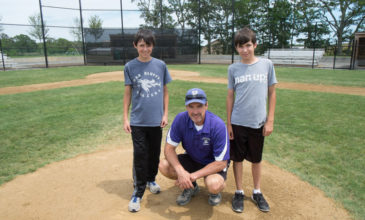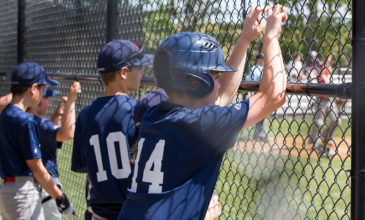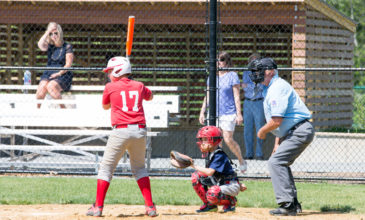“Little League baseball is a very good thing, because it keeps the parents off the streets.”- Yogi Berra
—
I played competitive baseball until I was twenty years old. After that, I have coached high school and/or youth baseball for another twenty years. I have always appreciated what appears, to me, to be the most precise of all competitive team sports. I also happen to love the fact that baseball has been played for over 150 years on a “diamond,” with a raised “pitching mound” in its center and the opposing chalk lined “batter’s box”. There are bases, foul poles (inexplicably titled) and foul lines, on deck circles, coaches’ boxes, dugouts, bullpens and a warning track – all of which add to this outdoor theater.
In his 1989 film “Field of Dreams,” Ray Kinsella painted a tactile picture of how a baseball field, of all things, could be socially intriguing. The whispered line “If you build it, he (they) will come” has been the inspirational root for innumerable baseball fields ever since.
Fast forward: In 2008, the Martha’s Vineyard Little League program was hoping to create similar intrigue by converting not a corn field, but an old car dump into a meeting place for learning and playing the game of baseball, while families and friends could comfortably gather and cheer the kids on. The premise was worthy, the task in doing so was far more complicated…
At first glance, the property looked perfect…flat, open and big enough to build the dream. Upon closer inspection, even after removing decades’ worth of automobiles, the land itself was littered with glass and metal debris, invasive roots, and compacted sand that would prove to be a drainage nightmare. Additionally, there was no legal road access or utilities, no topsoil and very little money. With such impediments, the project floundered for the following three years. By 2012, much of the initial $200K in Community Preservation Fund dollars allotted for the field had been absorbed by clean-up efforts, and the entire project was on the brink of stagnation. I was asked by a dwindling group of volunteers/coaches if I would design a field complex in hopes that the design drawings would suggest some positive momentum for the project, as well as help garner additional financial support and/or in-kind work.



